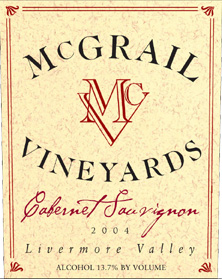On February 1st, I started brewing Hellenbock with the Mr. Beer kit. It is a strong, German-style lager that is primarily served at spring festivals, its variation being the lighter Maibock. The Hellenbock marked my 6th batch of Mr. Beer beer. I have learned a lot from my previous brewing experiments and decided I would experiment a little bit with this beer by adding a different kind of hops than the recipe called for. I obtained actual German hops to use in place of the Argentine Cascade hops the recipe called for. I also decided I would add honey to the beer in the bottling stage instead of sugar. The reason a sweetener is added in the bottling stage is for carbonation purposes. I have found that the cane sugar the recipe called for makes the beer taste much like champagne, while agave or honey don't affect the taste in that manner. Below is a picture of the Mr. Beer kit with the keg and 8-1 Liter bottles it comes with
Just like winemaking, sanitizing the utensils that will be used along with the kit itself is a key part of the process. Once that is done, the cans of unhopped malt extract and vienna lager oktoberfest hopped malt extract are mixed over the stove and then mixed into the keg along with water and a cheese cloth satchel containing the fresh hops, and a little bit of honey
Just like winemaking, sanitizing the utensils that will be used along with the kit itself is a key part of the process. Once that is done, the cans of unhopped malt extract and vienna lager oktoberfest hopped malt extract are mixed over the stove and then mixed into the keg along with water and a cheese cloth satchel containing the fresh hops, and a little bit of honey
After the keg is filled, it is put in a place with constant cool temperature and no direct light. I put it under a small table that has a top cover that reaches down all the way to the ground, preventing any direct light from entering.
After two weeks of keg fermentation, the contents of the keg are added to bottle along with a small amount of sweetener for carbonation purposes, as I mentioned above. Finally, after another two weeks of bottle fermentation, the beer is places in the refrigerator for an additional two weeks for what is known as lagering. Then, the beer is finally ready to drink. I tend to allow extra time in the keg, bottle, and refrigerator, for the beer's flavors to have more of a chance to develop, but for the sake of the blog I opened one bottle early in the lagering phase. The beer is a soft brown color, quite clear and smells pretty good. When tasting it, it becomes apparent that despite the high alcohol percentage (7%), the beer is quite easy to drink. It is not bitter, and the honey has given it a nice, even finish that does not mask its delicious, hoppy flavor. Overall, it is probably the second best beer I have made using the Mr. Beer kit, with the Cranberry Maibock being the top. Still, I do not want o be quick to judge it, since I believe that after more lagering, the flavors will develop fully and the overall taste might be substantially different, hopefully for the better.


















